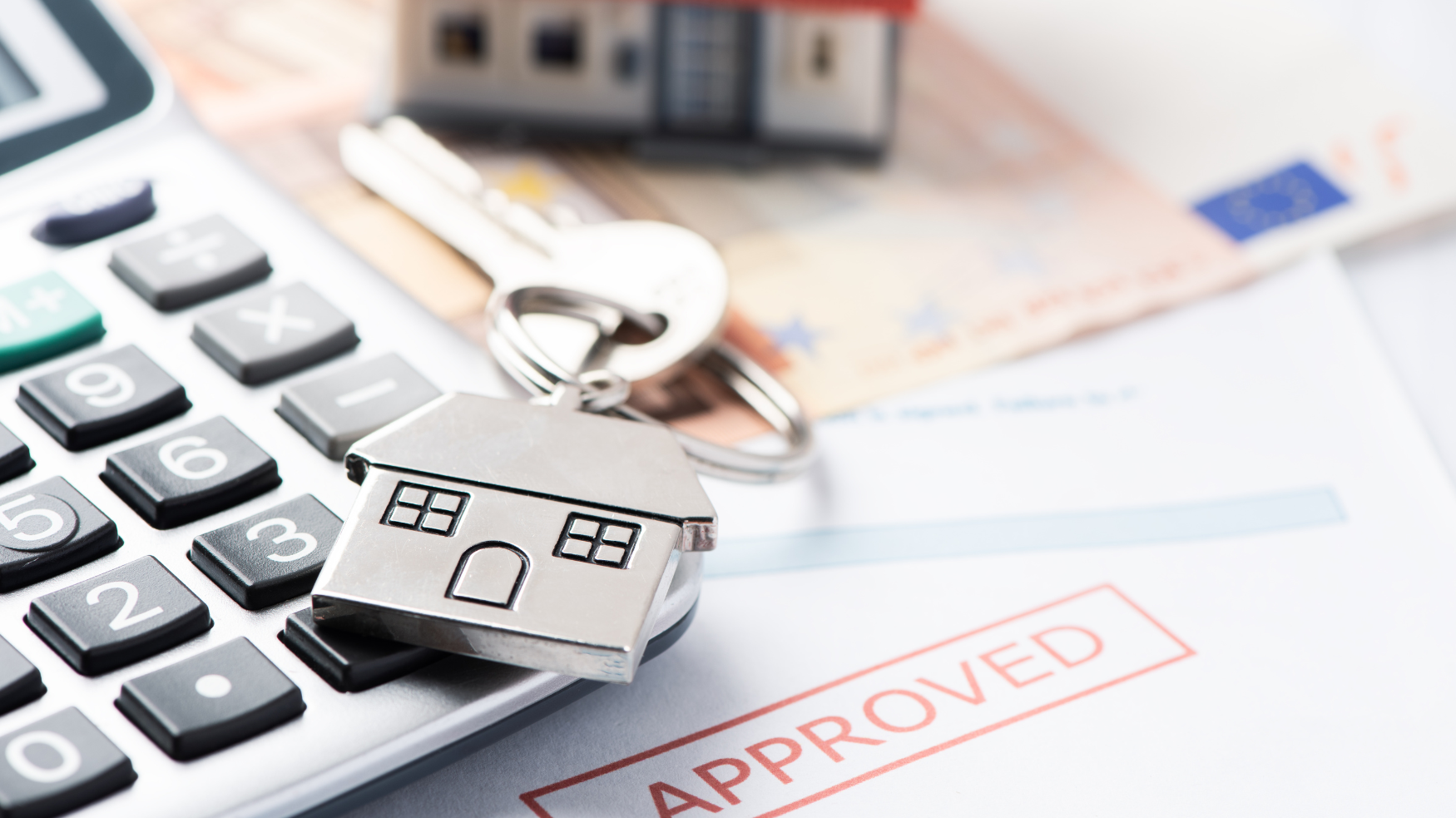How to Get Pre-Approved for a Mortgage: What You Need to Know
Getting pre-approved for a mortgage is one of the most important steps in the home-buying process, especially for first-time buyers. It not only helps you understand how much home you can afford but also signals to sellers that you're a serious buyer.

Here’s everything you need to know about the pre-approval process and why it’s essential.
What Is a Mortgage Pre-Approval?
A mortgage pre-approval is a written statement from a lender indicating the amount they are willing to lend you, based on a preliminary assessment of your financial situation. This isn’t a final loan offer, but it gives you an estimate of your borrowing power, interest rates, and monthly payments.
Why Is Pre-Approval Important?
- Defines Your Budget
Pre-approval helps you set a realistic budget by showing how much you can borrow. This ensures you focus on homes within your price range, saving time and avoiding disappointment. - Makes You a Stronger Buyer
In competitive markets, sellers often prioritize offers from buyers who are pre-approved because it shows you are financially ready to close the deal. Pre-approval can give you a stronger negotiating position. - Speeds Up the Buying Process
Since pre-approval requires an initial review of your financials, the loan approval process will go faster once you’ve made an offer on a home. It cuts down on delays and helps ensure a smoother closing process.
Steps to Get Pre-Approved for a Mortgage
1. Check Your Credit Score
Your credit score plays a major role in determining your loan eligibility and interest rate. Lenders prefer scores above 620, but a higher score (740+) can qualify you for better rates. Before applying, check your score and, if necessary, work on improving it by paying down debts and correcting any errors on your credit report.
2. Gather Financial Documents
Lenders will request several documents to assess your financial situation. Be prepared to provide:
- Proof of income (pay stubs, W-2s, or tax returns for the past two years)
- Bank statements
- Proof of assets (savings, retirement accounts, investments)
- Employment verification
- Debt information (credit cards, student loans, car payments)
3. Choose the Right Lender
Shop around and compare lenders to find one that offers the best mortgage rates and terms. You can work with banks, credit unions, or mortgage brokers. Don’t be afraid to ask questions about fees, rates, and loan types to ensure you choose the best fit for your situation.
4. Submit Your Application
Once you’ve selected a lender, fill out a pre-approval application. The lender will review your financials and check your credit to determine how much they are willing to lend you. This process typically takes a few days to complete.
5. Receive Your Pre-Approval Letter
If approved, the lender will provide a pre-approval letter stating the loan amount you qualify for. This letter is usually valid for 60 to 90 days, giving you time to house hunt with confidence. Make sure to keep in contact with your lender if it expires and needs renewal.
What Can Affect Your Pre-Approval?
While pre-approval gives you a good starting point, there are a few things that could affect your final loan approval:
- Changes in Employment: A change in job status or a decrease in income may cause the lender to reassess your loan eligibility.
- New Debt: Taking on new debt (such as buying a car or opening a new credit card) can lower your credit score and impact your debt-to-income ratio.
- Interest Rate Changes: Market conditions can cause interest rates to rise or fall, which may affect how much house you can afford.
Final Thoughts
Mortgage pre-approval is a crucial first step in the home-buying process. It provides clarity on your budget, strengthens your position with sellers, and helps speed up the overall buying process. By checking your credit, gathering the necessary documents, and working with the right lender, you’ll be well-prepared to take the next step toward purchasing your new home.





